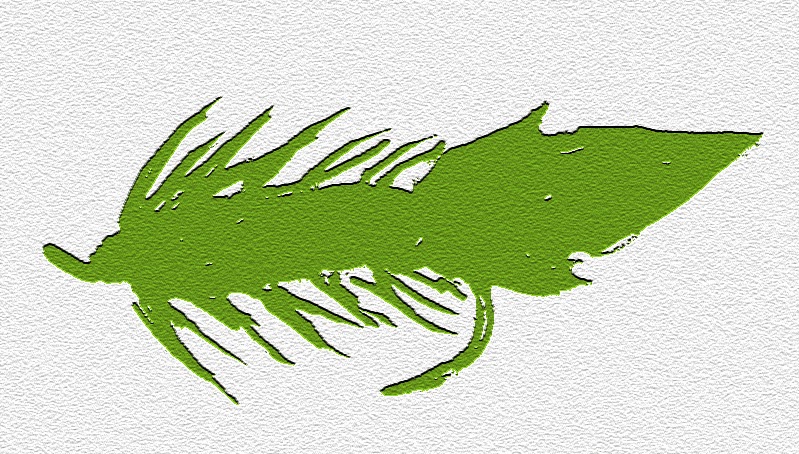High and Muddy

One of my more successful casts. The day before Christmas, Christmas Eve-Eve, if you will, my father and I decided to chase after the wily Steelhead trout. Armed with my 13' fly rod and a burning need to try it out, we ventured forth under gray skies. After getting our eat on at the Mountain View Diner in Gold Bar, we started to drive, trying to find a place to fish. Unfortunately, the river was high, fast and muddy, and while we were driving, the weather set in. Now, when you go fishing in the winter in Washington, you expect to get rained on, so when it started to rain a little we weren't too concerned. We became worried when the rain got heavy, and then downright concerned when the hail and lightning started. The one bit of luck we had then was that we hadn't gotten out of the car yet since we hadn't found castable water. So we drove around a bit more, marveling at the hail and high water. This is a chart depicting river flows. We fished the day highlighte...





